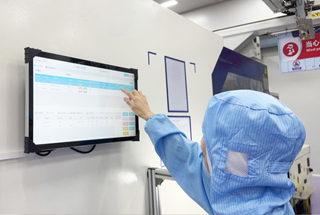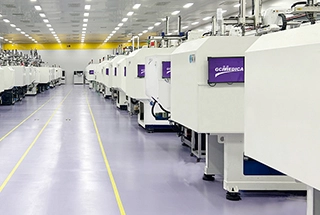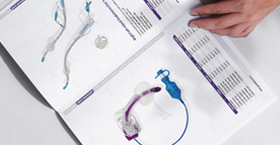Enteral feeding refers broadly to the delivery of nutrients directly into the gastrointestinal (GI) tract whenever oral intake is inadequate, whereas tube feeding is the most common method of providing enteral nutrition by means of a feeding catheter. Although the two terms are often used interchangeably, “enteral feeding” encompasses all routes of GI-based nutrient delivery—including oral nutritional supplements and specialized feeding tubes—while “tube feeding” specifically denotes the use of nasogastric, gastrostomy or jejunostomy tubes. Understanding this distinction helps clinicians choose the most appropriate modality, optimize patient comfort, and anticipate potential complications.
Enteral feeding can take the form of orally administered liquid supplements, bolus or continuous feedings via tube, or cyclic infusions overnight. Its major advantage is preservation of gut integrity, promotion of normal hormone secretion, and reduced risk of bacterial translocation. Tube feeding, as a subset of enteral feeding, allows for precise control of feed composition, rate, and volume, making it ideal when oral intake is not possible. However, tube feeding introduces unique risks such as tube dislodgement, aspiration, or site infection, and requires careful placement verification and ongoing catheter care.
Below is a comparative overview:
| Feature | Enteral Feeding (All Routes) | Tube Feeding (NG/PEG/JEJ) |
|---|---|---|
| Definition | Nutrients via any GI route (oral or tube) | Nutrients delivered exclusively through feeding tubes |
| Methods | Oral supplements, bolus, continuous, cyclic feeds | Nasogastric, gastrostomy (PEG), jejunostomy tubes |
| Indications | Mild-to-moderate dysphagia; supplemental needs | Inability to swallow, prolonged inadequate oral intake |
| Advantages | Physiologic, preserves GI function | Precise dosing; bypasses oral route entirely |
| Risks | Minimal (oral); aspiration if misused | Tube blockage, displacement, aspiration, infection |
| Monitoring & Care | Nutritionist oversight; minimal equipment | Regular tube checks; stoma/site hygiene; X-ray checks |
| Typical Duration | Short- to long-term depending on route | Short-term (NG) to long-term (PEG/JEJ) |
In practice, when patients can tolerate at least partial oral intake but need additional calories, oral enteral supplements are preferred. If swallowing is unsafe or intake remains insufficient despite supplementation, tube feeding becomes necessary. By differentiating enteral feeding as the overarching concept and tube feeding as its catheter-based implementation, multidisciplinary teams can tailor nutrition plans to patient-specific needs, balancing physiologic benefits with procedural considerations.
Related Products
- Polyurethane Nasogastric Feeding Tubes
- Polyurethane Y-Port Nasogastric Feeding Tubes
- Funnel Transition Connector With Cap


 Français
Français Español
Español Products
Products

 About Us
About Us











